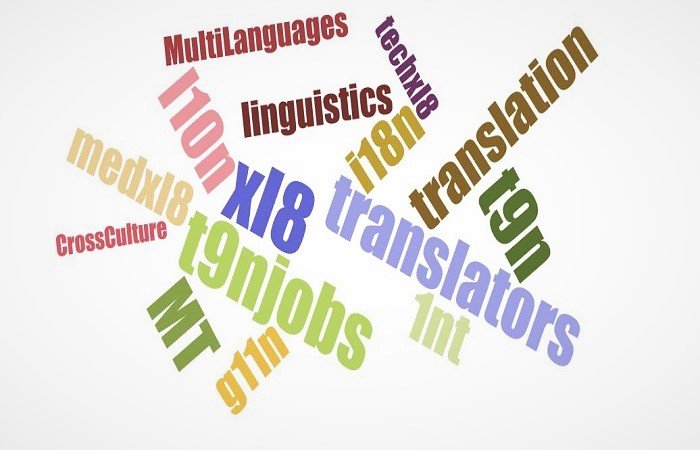What does a translation project look like without a project manager? Potentially a very bumpy, time consuming and frustrating experience for all involved. The job of a project manager is to make the road smoother, more efficient and stress-free. Scheduling, costs, troubleshooting, scope and creating a team are just some of the multi-faceted responsibilities of a project manager. Even if you do have the skill set, trying to fit this into a busy daily workload can prove impossible.
Here, we look at reasons why your translation project needs a project manager.
Central point of contact
Having a project manager will mean that the client has a central point of contact. Translation teams are much more than just translators. Depending on the project they can include an editor, proofreader and a typesetter. As a minimum, a translation project will ideally require two of these. Having to coordinate multiple people takes time and miscommunication can occur if it isn’t handled correctly.
Creating the best team
Project managers in translation agencies have a pool of translation professionals at their fingertips. Working with linguists worldwide, they will be able to select the exact match for a project in terms of language combinations and specializations.
Determining and managing budget
Setting a clear budget is essential, but as a translation project develops, costs may need to be adjusted. A project manager has the experience to do this in line with the scope of a project.
Scheduling
Along with budget and team management, scheduling is one of the most important tasks in successful projects as it means delays are less likely. If issues do occur, a project manager can work closely with the client and translation team to reschedule, or seek other sources.
Troubleshooting
With any project, there is potential for problems to occur, such as a member of the translation team becoming sick or the scope of the project changing. Having a specific person to manage these issues will mean a successful outcome.
Reports and reviews
For larger projects, a project manager can produce interim reports to communicate clearly to the client where the project is up to. As the project closes, a detailed review can highlight what was done well and what could be improved on in the future.
Increase in productivity
A well-oiled translation project will mean that productivity is increased. Having your materials translated into another language appeals greatly to customers that prefer to receive information in their mother-tongue. This instantly widens your reach, potential customer base and profits.
At Transpanish, all translation projects are fully managed by a project manager. At the outset, a dedicated project manager will be assigned who will oversee the full process. We firmly believe this provides the highest quality service for our valued customers and establishes positive client relationships.













